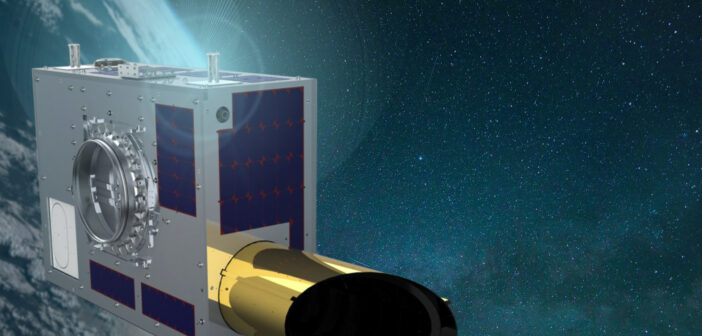Astronomers have collectively cataloged more than 5,000 planets beyond our Sun, a feat borne from the immense efforts of thousands of scientists. However, not all of these discoveries required the same amount of perseverance: while some planets neatly fell out of abundant high-quality data, other worlds required intensive analysis and years of additional study to earn their places in our archives. A recently discovered planet named TOI-2010 b falls firmly into the latter of these categories.
TESS and the Struggles of Single-Transit Planets
The majority of exoplanets discovered so far were initially flagged by space-based telescopes looking for the repeating dips in starlight caused by circling, intermittently photobombing planets. One of the most productive of these telescopes is NASA’s Transiting Exoplanet Survey Satellite, or TESS, which stares are one chunk of the sky for about a month before moving on to observe a new patch. This is a productive strategy that has netted thousands of exoplanet candidates across the whole sky, but it also lets some planets fall through the cracks. Astronomers need to observe more than one transit of a planet to nail down its period, and many of the most interesting cold planets take longer than a month to complete a lap around their star. Often, TESS catches only one transit of these worlds before it proceeds to the next area of the sky, leaving astronomers in a maddening predicament: they know an interesting planet is there, but they have no idea when it will transit again.
A number of astronomers have taken up the challenge of chasing down these “single-transit” planets, and recently a team led by Christopher Mann (University of Montréal) achieved a significant victory: the discovery and characterization of a Jupiter-like planet with a 141-day period.
Introducing: TOI-2010 b

Left: The first recorded transit of TOI-2010 b as seen by TESS. Right: Another TESS transit, caught after NEOSat refined the orbital period and late into the team’s analysis. Click to enlarge. [Mann et al. 2023]
Enter the Near-Earth Object Surveillance Satellite (NEOSat), a suitcase-sized telescope launched and operated by the Canadian Space Agency and the Department of National Defence/Defence Research and Development Canada. In December of 2021, this satellite aimed its 15-cm telescope at TOI-2010 and didn’t look away for six straight days. It caught another transit of TOI-2010 b right near the middle of the predicted window, and in doing so ended the years of initial characterization. Astronomers finally had all of the parameters they needed to follow up the planet sometime in the future.

The radial velocity measurements of TOI-2010, which reveal the tell-tale pattern of a circling planet. Click to enlarge. [Mann et al. 2023]
Citation
“Giant Outer Transiting Exoplanet Mass (GOT ‘EM) Survey. III. Recovery and Confirmation of a Temperate, Mildly Eccentric, Single-transit Jupiter Orbiting TOI-2010,” Christopher R. Mann et al 2023 AJ 166 239. doi:10.3847/1538-3881/ad00bc

